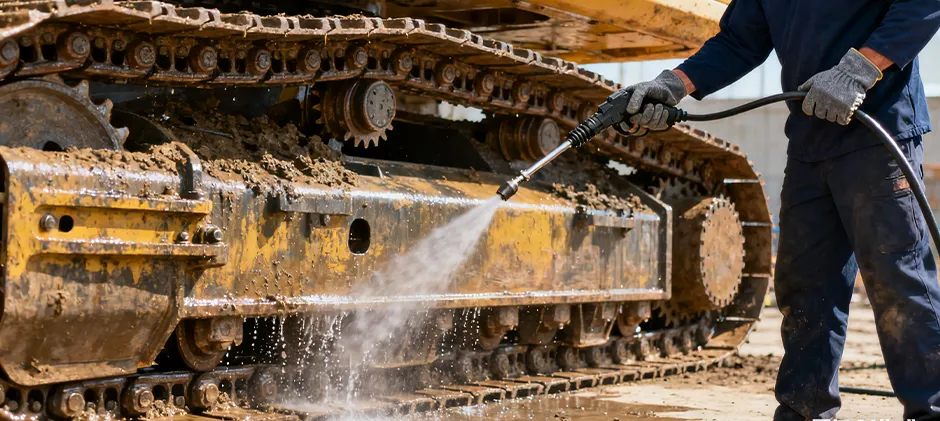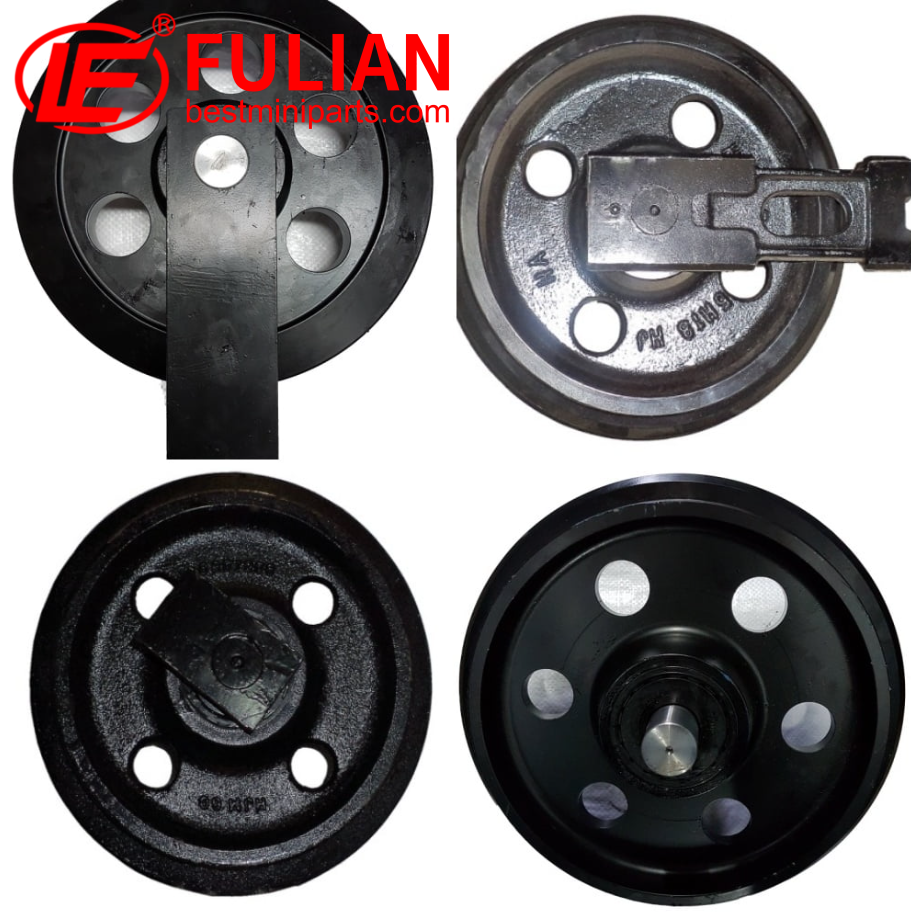Let’s cut to the chase – your excavator is a powerhouse, but a worn-out sprocket can turn it from a beast into a kitten. Here’s how to tell if your sprocket has been through the wars and is begging for a replacement, all without needing an engineering degree:
Bite Marks of Time: If the sprocket teeth are looking more like battered knives than pristine gears, then they’re shouting for help. These aren’t just cosmetic changes; they mean your excavator can’t chew through the earth like it used to.
Track Jitterbug: Watch those tracks. They should move with the smooth grace of a ballroom dancer, not jitter around like they’re doing the twist. If they’re slipping off more than your kid’s sneakers, then the sprocket’s grip is slipping away with them.
Stretchy Relations: There’s such a thing as too much personal space, especially between a track and its sprocket. When there’s a gap fit for an ant to stroll through leisurely, that’s your cue; the sprocket’s grip on the track has lost its close touch.
Metal Sprinkles Aren’t for Ice Cream: Seeing metal shavings around your excavator is like finding sawdust by a tree – it means there’s cutting where there shouldn’t be. These sprinkles are a clear cry that the sprocket and track are in friction feud.
Undercarriage Orchestra, Out of Tune: Close your eyes and listen. You want a hum, not a rattle or a grind. Unusual noises are like the excavator’s way of coughing – it’s trying to tell you something’s wrong, and it’s often the sprocket that’s sick.
Being convinced yet? A worn-out sprocket can’t play hide-and-seek; it leaves clues loud and clear. Act on these symptoms promptly, and you’ll have the satisfaction of keeping your excavator strong, reliable, and ready to tackle any job you throw at it. Remember, in the world of heavy machinery, prevention is better than cure, and it’s significantly cheaper too. Keep those sprockets in check and your excavator won’t let you down.
Fulian Operation Team
2024.6.27








